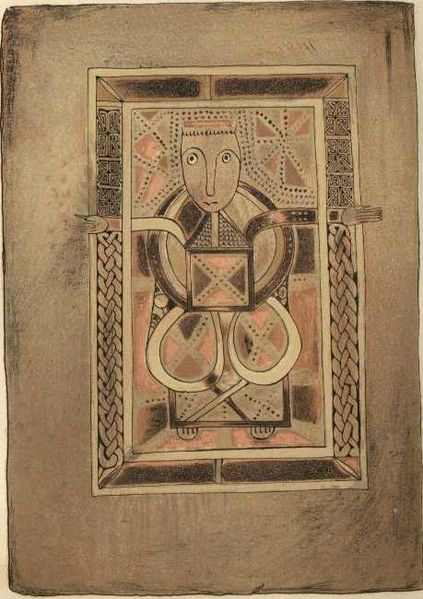
The history related to Christianity is huge and every day many researchers try to shed light on long-lost mysteries. Now a group of archaeologists has set upon rediscovering the lost Scottish monastery where the famous 'Book of Deer' was written.
The recent excavation process is considered the biggest breakthrough in archaeology. Earlier, researchers found 1600-year-old manuscripts which revealed what Jesus taught his brother James, besides some secrets of heaven and future events.
Now the archaeologists are in search of the Pictish monastery where the 10th-century Latin Gospel Book, purportedly containing the oldest-known written examples of Scottish Gaelic, and possibly the oldest Scottish writing of any kind was written. Almost 1,000 years ago, according to Scotsman, the monastery vanished from historical records.
However, while working in the Old Deer village located in Scotland's Aberdeenshire, researchers recently came across some ancient pottery and a fireplace with charcoal, as well as a stone layer featuring holes for posts.
They believe that if the excavation, which started in 2017 summer, continues, they would find more undiscovered mysteries of the vanished monastery.
Bruce Mann, archaeologist from Aberdeenshire Council, said researchers had spent many years to locate the monastery and after the recent development, they are optimistic about accomplishing the results.
In addition, he said, "More work obviously has to happen, but regardless of what this finally turns out to be, it is a significant find for not only Old Deer, but Aberdeenshire and beyond too."

According to reports, the book was written by the saints of Aberdeenshire in the 9th or 10th century when paper was so expensive that monks used margins and blank spaces to write land transactions and other notes. Those notes were in Gaelic and considered the first written evidence of the language.
On the other hand, Michelle Macleod, a senior lecturer from Gaelic at Aberdeen University, said the Book of Deer could be a small book but "it has left a huge legacy for us, not only in the north-east but for the whole of Scotland. We had to wait another 200-300 years after the Book of Deer to find any more evidence of written Scottish Gaelic."
However, as reported by BBC, the excavation was filmed for a BBC Alba documentary, entitled "Air Tòir Manachainn Dhèir" (The Lost Monastery of Deer) which includes detailed discussion on the findings.









